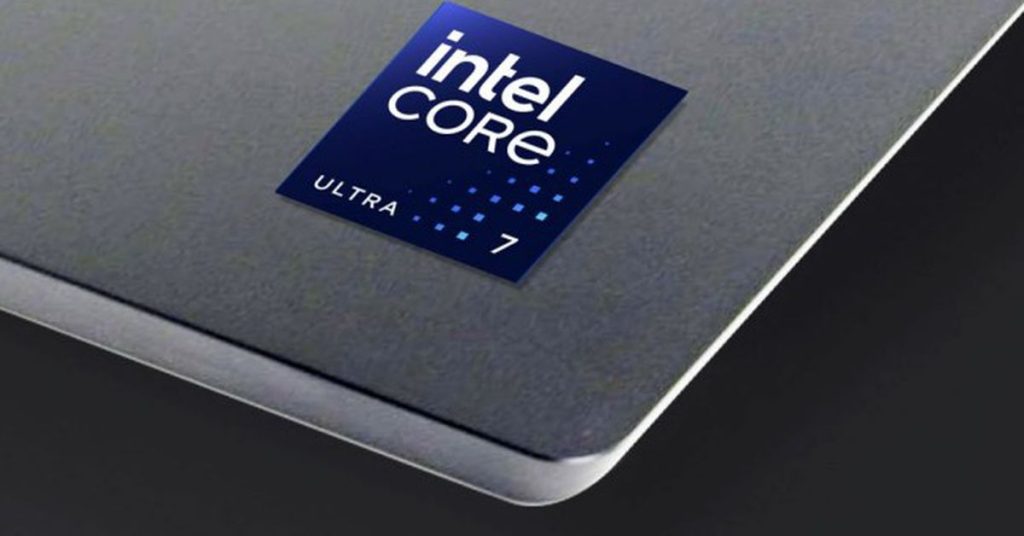
The rumors were true: Intel is officially killing off the “i” in “Core i9,” “Core i7,” “Core i5,” and “Core i3” — and it won’t broadly refer to its next series of processors as “14th Gen,” either.
The chipmaker is now planning to sell three tiers of consumer chips: Intel, Intel Core, and Intel Core Ultra.
Why? Intel branding experts tell me the all-important word “Intel” was getting lost, and the radically different Meteor Lake chips coming in the second half of 2023 offered an opportunity to change things up.
“When we looked at how the tech press, how our retailers, our OEMs, our partners talk about it, it was interesting to see how we got shortchanged all the way to a letter and a number,” Christopher Hirsch, Intel’s director of product branding, tells The Verge.
The company says its research found that it was “Core,” not “i5” or “i7,” that triggered associations with Intel. “Does ‘I’ represent Apple with iPhone and iPod? Was it simply an unknown? That was one of the costs of people not knowing they’re our products,” Hirsch says.
But after dropping the “i,” you can’t shorten the name as easily. “People won’t walk around saying ‘I bought a seven.’”
You’ll say Core 7, perhaps. Or Ultra 7, because the company’s also taking this opportunity to segment its flagship parts from mainstream ones, the same way a BMW M5 is different from a BMW 5 series, Intel brand strategist Tim Thraves suggests.
It’s not a perfect analogy because Ultra doesn’t necessarily stand for speed or style or luxury, at least where Intel is concerned. (For Apple, which already has two generations of Ultra processors and an Ultra watch on the market, it’s clearly about performance.)
Hirsch and Thraves can’t say too much but hint that Intel’s Ultra products will have “bigger feature sets” with “Arc-level graphics integrated into the processor that you won’t see on any products in the mainstream Core space,” AI capabilities (like AMD, Apple, and Qualcomm), and the “absolute best performance.”
Where, before, the question might be “Am I an i7 guy, am I an i9 guy,” it’s now “Are you an Ultra buyer, or are you a Core buyer,” says Hirsch. “It’s only after that you’re going to go down the tiering path” of 3, 5, 7, and 9, he says — though you won’t find an Ultra 3 or a Core 9, perhaps because those would send mixed messages.
Importantly for enthusiasts like me, you’ll still be able to look up the full alphanumeric identifier of a chip and identify its capabilities and generation the same way we have for many years. “It will always be there, in the model number itself, for those who need to find it,” Hirsch promises.
Here are a few fake chip naming examples that Intel provided me, so you can see things aren’t changing all that much:
- Intel Core Ultra 9 processor 1090H
- Intel Core Ultra 7 processor 1070K
- Intel Core 5 processor 1050U
If my decoder ring holds up, those fake names translate to 1) a flagship laptop processor with powerful onboard graphics, 2) a powerful desktop processor that’s unlocked for enthusiasts to overclock, and 3) a midrange low-voltage laptop chip, just as they would in previous generations. “Folks who look for HX, K… we’ll continue to go drive products for those segments,” says Thraves.
There is one possible point of confusion that occurs to me — when retailers no longer clearly distinguish between “13th Gen” and “14th Gen,” what’s to keep someone from accidentally buying last year’s Core instead of the newest one? But Intel seems to think that’s a feature rather than a bug. “Our customers, OEMs, they have to sell a lot of older products… screaming ‘13th Gen’ highlights what’s new, but it also screams what’s old. We want to make it a little bit more flexible,” says Thraves.
Still, the chip numbers should appear on store shelves if you want to look them up.
While the company’s primarily talking about Core and Core Ultra today, it already axed the Pentium and Celeron value brands last year. Lower-end processors are now just called Intel Processor, like this Intel Processor N200.
I regret not asking about how the PC market has been tanking and whether that might have also had anything to do with the rebranding. I did ask whether it’s really worthwhile to throw out names like “i5” and “i7” and didn’t get a compelling answer, but Hirsch and Thraves made it clear their company believes the benefits are worth it.

 Latest Breaking News Online News Portal
Latest Breaking News Online News Portal




